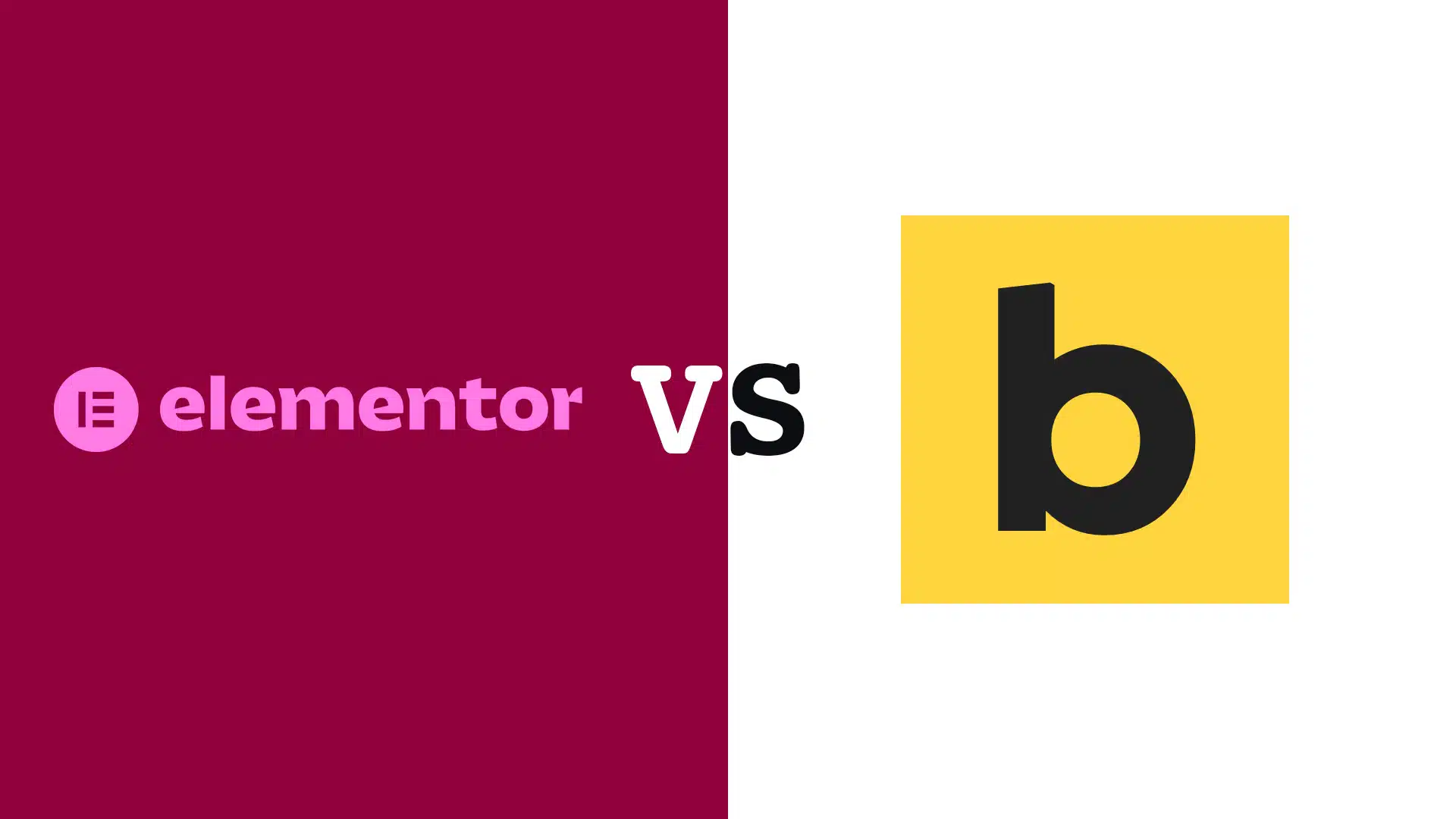In the digital age, where information is at our fingertips, the content on your website plays a pivotal role in attracting and retaining visitors. The saying, “Content is King,” holds true, emphasizing the importance of providing engaging and relevant material. In this article, we’ll explore why website content matters, how it can benefit your online presence, and how to create content that reigns supreme.
The Significance of Website Content
Website content encompasses all the text, images, videos, and other materials that make up the information presented on your site. It matters for several crucial reasons:
- Attracts and Engages Visitors: Quality content is your website’s first impression. It captures visitors’ attention, keeps them engaged, and encourages them to explore further.
- Builds Trust and Credibility: Well-researched and informative content establishes your authority in your niche and fosters trust among your audience.
- Boosts SEO: Search engines reward websites with high-quality, relevant content. Good content can improve your search engine ranking and drive organic traffic.
- Encourages Sharing: Engaging content is more likely to be shared on social media, expanding your reach and attracting new visitors.
- Drives Conversions: Whether your goal is to sell products, collect leads, or convey information, compelling content can influence visitor actions and lead to conversions.
Creating Engaging and Relevant Content
Here are some strategies to create content that captures the crown:
1. Know Your Audience
Understanding your target audience is fundamental to creating content that resonates with them. Here’s how to do it:
Strategy: Create buyer personas to represent different segments of your audience. Conduct surveys, interviews, and social media analytics to gather insights into their preferences, pain points, and demographics.
Example: If you’re running a fitness blog, you might have personas like “Fitness Enthusiast Emily” who is into weightlifting, “Healthy Lifestyle Hannah” who prefers yoga and clean eating, and “Busy Mom Michelle” who seeks quick workout tips. Tailor content to each persona’s interests and needs.
2. Research Keywords
Keyword research helps you discover what topics your audience is searching for and what language they use. This informs your content strategy.
Strategy: Use tools like Google Keyword Planner, SEMrush, or Ahrefs to find relevant keywords in your niche. Look for long-tail keywords (phrases with three or more words) that have decent search volume but lower competition.
Example: If your website is about travel, you might discover keywords like “budget-friendly family vacations” or “solo travel safety tips.” These can be the basis for content ideas that cater to specific user queries.
3. Quality Over Quantity
Creating high-quality content is crucial for attracting and retaining your audience.
Strategy: Research extensively, cite reliable sources, and provide unique insights or perspectives on a topic. Avoid duplicate or thin content that adds little value.
Example: Instead of a generic “Top 10 Travel Destinations” list, create an in-depth guide for a specific niche, such as “The Ultimate Guide to Ecotourism in Costa Rica.” Include detailed information, personal experiences, and tips for sustainable travel.
4. Diversify Content Types
Offering various content formats keeps your audience engaged and caters to different preferences.
Strategy: Mix written content with visuals like infographics, videos, and podcasts. Use storytelling techniques to make content more engaging.
Example: In addition to written travel guides, create short video documentaries showcasing your own travels, with stunning visuals and personal anecdotes, or produce a podcast series interviewing fellow travelers and sharing their unique experiences.
5. Engaging Headlines
A compelling headline grabs readers’ attention and entices them to explore your content further.
Strategy: Use power words, numbers, and questions to make headlines more enticing. Promise a clear benefit or solution.
Example: Instead of a bland “Tips for Traveling on a Budget,” try “10 Proven Hacks to Travel the World on a Shoestring Budget” or “How to Explore Europe Without Breaking the Bank.”
6. Clear and Structured Writing
Content readability is crucial for keeping users engaged.
Strategy: Use short paragraphs, bullet points, and subheadings to break up long text. Include visuals like images or charts to illustrate points.
Example: If you’re writing a guide on photography techniques, include clear subheadings for each technique and use images to showcase the results of applying those techniques.
7. Provide Solutions
Offering practical solutions to problems within your niche establishes you as a valuable resource.
Strategy: Identify common pain points in your niche and create content that addresses them comprehensively. Provide step-by-step guides and actionable advice.
Example: If you run a cooking blog, create content like “Quick and Easy Weeknight Dinner Recipes for Busy Professionals” or “How to Master the Art of Homemade Sourdough Bread.”
8. Stay Updated
Regularly updating your content ensures it remains relevant and accurate.
Strategy: Set a schedule for reviewing and refreshing older content. Add new information, replace outdated statistics, and ensure all links are working.
Example: If you published a blog post on smartphone photography tips two years ago, revisit it to include the latest smartphone models and camera features, as well as any new techniques that have emerged.
By implementing these strategies and providing concrete examples tailored to your website’s niche, you can create website content that is not only engaging and relevant but also resonates with your target audience, ultimately leading to a more successful online presence.
Conclusion
In the digital realm, website content is king, and its reign is based on engagement and relevance. Engaging content attracts visitors, builds trust, and drives conversions. Relevant material enhances your website’s search engine ranking, encourages sharing, and keeps your audience coming back for more.
By understanding your audience, conducting keyword research, and focusing on delivering high-quality, diverse content, you can create a content kingdom that not only captures the crown but also maintains its rule in the competitive online landscape.
Remember that the content creation process is ongoing. Continuously analyze your content’s performance, gather feedback, and adapt to evolving trends and audience preferences to ensure your reign as the king of website content remains unchallenged.






